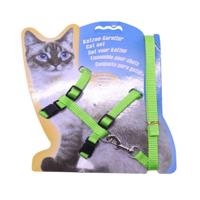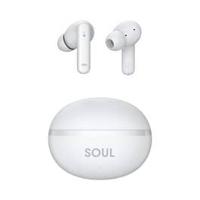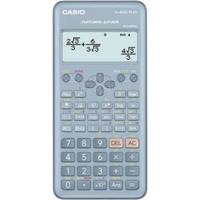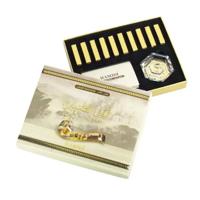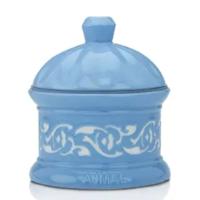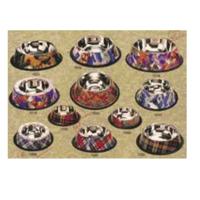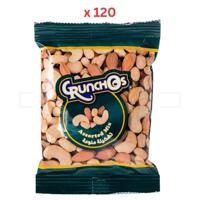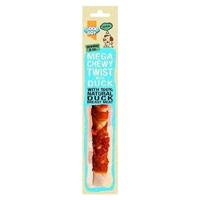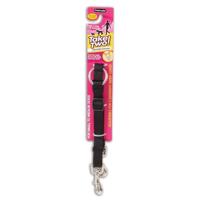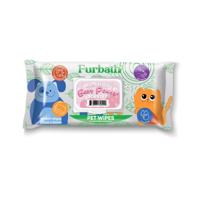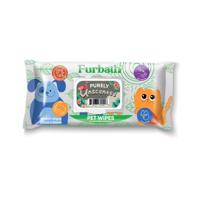About Rulers
A ruler is basically any straight strip of wood, steel, metal, glass, or plastic that you can use for length measurement. And when it is used with a scale for measuring miniature representation of larger things, it becomes scale rulers.
All rulers are measuring instruments. The ones that people use in offices or schools need not be that accurate. However, precision measurement cannot compromise on accuracy and therefore requires the certification of the standards and measurements authority in the country. So, if you want to get your job done easily and efficiently, you need the right product at the right time. But before you start shopping for rulers, read this article to know more about different types of them. This will help you make the right choices.
Types of scale rulers
Not all products are the same. Depending on the area you want to use, the style and type of product you need will also vary. In order to select the right one for the right situation, you need to know about the different types of rulers out there and what they are capable of doing. Two major categories within these precision instruments are general-purpose rulers and precision ones. While the difference between both is based on the materials, the precision measurement is a bit more technical. Let’s first check out the types here.
Desk scale rulers
Traditionally, desk rulers have been made from wood. Most of them have that typical yellow colour that is common for desk types. Thirty centimetres or twelve inches, depending on whether you follow the metric system or the imperial system, is the standard length for a desk ruler. Because of its length and the fact that you cannot fold it, it won’t fit inside an average bag. You can use them for all kinds of general-purpose tasks. They are good for geometry and math as well as for drawing. As the name says it, a desk instrument is more suited if you are working at a desk.
Steel scale ruler
A steel ruler is basically a straight narrow piece of stainless steel. The markings on the steel strip are usually engraved on the material. The benefit of this is that their markings will stay there for a really long time. And depending on the type and thickness of the steel, it can be either flexible or rigid. One advantage that steel rulers have over desk types is that you can measure more accurately with a steel one. This is because the markings on a steel instrument lie closer to the surface that you are measuring. Steel types are popular for outdoor use because of their durability.
Folding scale rulers
Folding rulers look like multiple desk rulers connected at the ends. These are also called carpenter’s rulers. This is not surprising as carpenters usually need long measuring instruments but also need them to be ultra-portable. A folding one checks these two boxes. Regardless of how long the product is when you unfold it completely, it fits comfortably inside a handbag. Furthermore, they are extremely useful if you want to measure length across a corner or an edge. Generally, a folding scale is more accurate than a tape measure.
Architect scale
An architect scale is typically a 30 cm ruler. However, it has three sides you can measure with. In total, it will have six different scales. As you can imagine, it looks somewhat like a Mitsubishi logo if you look at it from one end. All these factors make it ideal for engineers and architects to use for drafting blueprints and to make measurements. They can measure using multiple sets of graduations on all three sides. Unlike a regular ruler that either features meters, centimetres, or inches, on an architect’s one, you can see markings for one-fourth of an inch, half an inch and so forth.
Tips on how to buy Scale Rulers
You might use a scale ruler for craftwork, office work, or just for drawing a straight line. But a scale ruler is a technical instrument more than anything. Although it might not seem like a difficult thing to select a ruler that works for you, it involves more things than people anticipate at first. In fact, there are more than half a dozen things to look for when you are buying a ruler. So, how do you make sure that you are selecting the right one? Well, here are some tips that you can follow when you buy a ruler.
- Material – Depending on how and where you use the scale, you need a different material. A desk ruler is ideal for measuring and drawing on papers if you mostly work indoors. They are really durable and do not make much noise when you handle them. For outdoor use, you need something that is more rugged and washable like a steel ruler.
- Transparent vs Opaque – Some tasks demand transparent rulers. If you are measuring drawings with a lot of details, you might not want the ruler to cover a large portion of the drawing. That is why you see people that create drawings for buildings and machines usually use transparent rulers. But because the scale rulers are either glass or hard plastic, they do not last very long.
- Length – This is probably one of the essential factors to look for in a ruler. A scale ruler has to be longer than the object you are measuring. Otherwise, you will have to measure the same object multiple times. This means more work and also leads to a lot of errors. So, when you are shopping for a ruler, make sure that the length of it is sufficient for your needs.
- Measurement unit – The scale ruler you use should have the same measurement unit as you need. Although you can measure feet using a meter ruler, it will require you to convert the measuring to feet afterwards. This adds one more step to your workflow and will slow you down considerably. Sometimes you might need to switch up between more than one unit. In that case, get a ruler with all the units that you need.
Apart from these, there are a couple of more minor things to look for in a ruler. This includes how accurate the markings are, how portable it is, etc. And if you need other measuring instruments along with scale rulers, don’t forget to check them out in the Office Supplies category. You can find everything you need for your craftwork and office using our product search engine . It will also help you compare the prices and features of different products and pick the best one among them. There are more than 500 shops and brands offering them here on Shops.ae. These include brands like Maped, Deli, Faber-Castell, Acme United, House Doctor, and Rotring.
Question & Answer
How does a scale ruler work?
A scale ruler is the most popular distance measuring instrument out there. In order to understand how they work, first, you should know what a scale is. In model drawings, engineers and architects use a fixed scale for a particular project. This allows them to fit drawings of large buildings and machines onto a standard size sheet of paper. By measuring the length on the paper and multiplying it by the corresponding scale, one can understand how the length on the paper will translate to the real world. That is why a scale ruler must have accurate markings.
How to use a scale ruler?
Scale rulers will have markings that correspond to the standards scales in the engineering and construction field. This helps you to skip the step of multiplying the length with the corresponding scale. Instead, the marking on the scale ruler will itself have the final reading. This is the reason why an architect scale has six sides. That way, it is possible to include all six different scales into one single ruler. Before you measure using a scale ruler, make sure that you line up the zero mark of the ruler with the beginning of length that you want to measure.
Can you use a scale ruler as a normal ruler?
The primary purpose of a scale ruler is to convert the measurements on the paper to their real-life counterparts. So, if you want to know how much does an inch on the paper correspond to in reality, you can simply use a scale ruler rather than measuring with a regular ruler and then converting it using a calculator? So, can you use a scale ruler in place of a normal ruler? The answer is yes. However, you might need to convert the readings on the ruler back using the scale of the ruler that you are using. That might be a slight inconvenience.


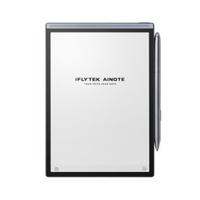
![Brother Magenta Ink Bottle 48.8ml - Yield 5,000 Pages [BG-BTD100M] Brother Magenta Ink Bottle 48.8ml - Yield 5,000 Pages [BG-BTD100M]](https://assets.shops.ae/products/Shopping/74780c3c00c4c011b2238d7f3a317c88.thumb.jpeg)
